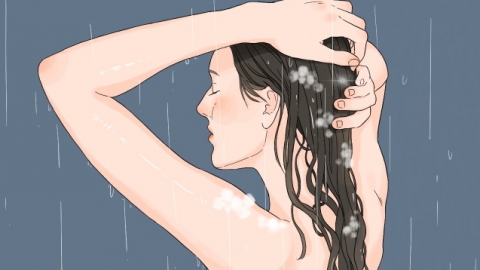Post-care注意事项 after cupping
After cupping therapy, it is generally recommended to avoid showering immediately, maintain local warmth, refrain from scratching the cupping marks, allow sufficient time between sessions, and monitor your body's response. Specific details are as follows:

1. Avoid showering immediately: After cupping, skin pores remain open, and bathing too soon may allow cold or damp pathogens to enter the body. It is advisable to wait 4–6 hours until the pores close before showering. When showering, use warm water and avoid cold water or prolonged soaking to prevent physical discomfort.
2. Maintain local warmth: Skin after cupping is particularly sensitive and should be kept warm. Avoid exposure to cold air or direct airflow from air conditioning. Cover treated areas with clothing or a towel, especially common sites such as shoulders, neck, waist, and back, to prevent chills that could lead to muscle spasms or worsen existing discomfort.
3. Do not scratch the cupping marks: Cupping marks result from localized capillary congestion and may cause mild itching. Scratching should be avoided to prevent damage to the skin barrier, which could lead to infection or increased redness and swelling. The marks typically fade naturally within a few days to two weeks.
4. Allow adequate interval between sessions: The skin and underlying tissues require time to recover after cupping. Frequent sessions should be avoided. It is recommended to wait at least 3–5 days between treatments, and repeated cupping on the same area should be avoided to prevent excessive irritation, skin damage, or impaired recovery.
5. Monitor bodily responses: After cupping, pay attention to any abnormal reactions, such as blisters, skin breakdown, increased pain, or systemic symptoms like dizziness, fatigue, or nausea. If these occur, discontinue cupping immediately and seek professional medical advice when necessary to prevent worsening of symptoms.
Cupping should be performed in a reputable setting by trained professionals to ensure appropriate technique and pressure. Individuals with special conditions—such as broken skin, coagulation disorders, or pregnant women—should disclose their health status beforehand to avoid inappropriate or unsafe treatment.







